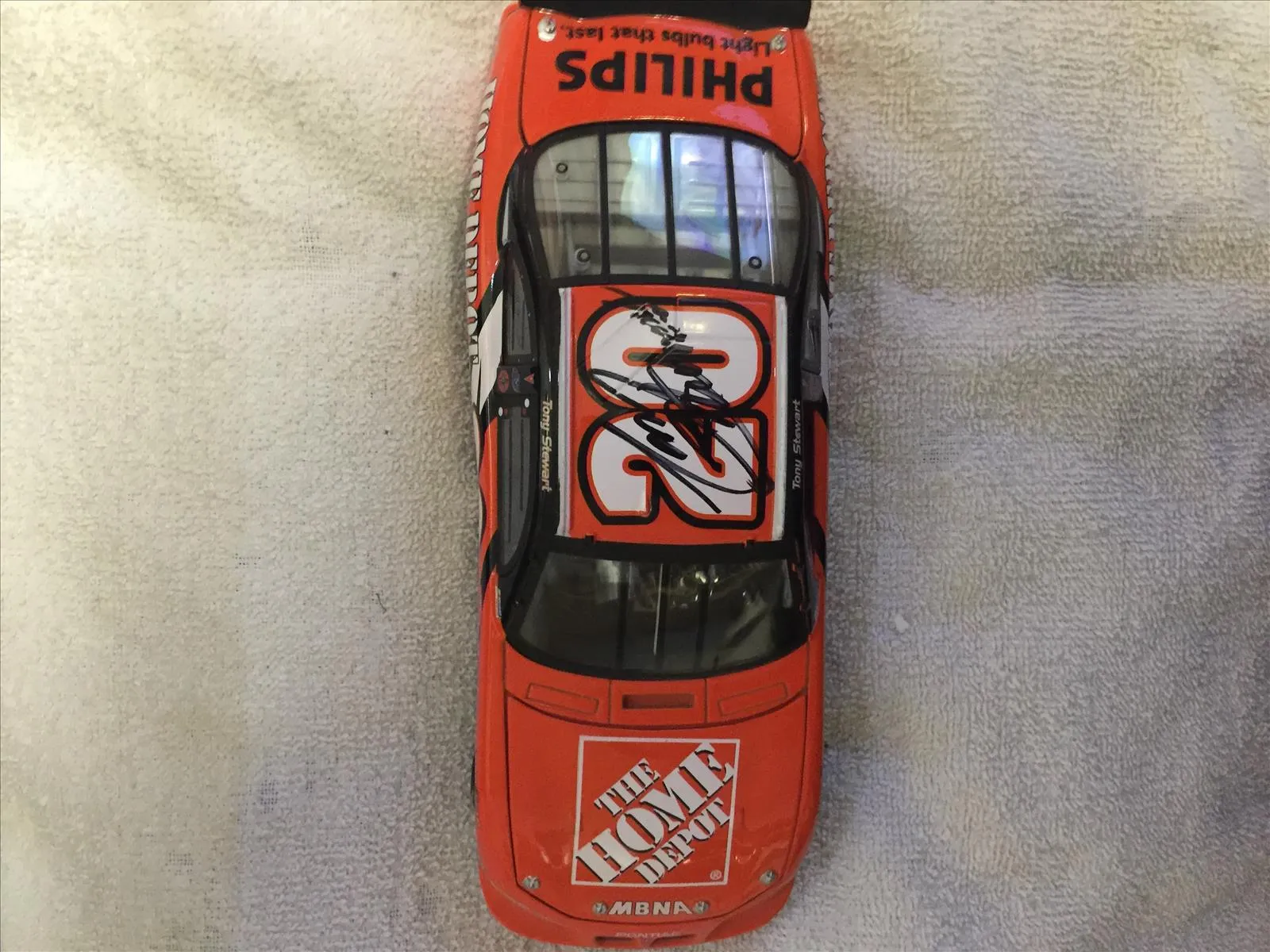The Allure of Diecast Originals
Diecast originals have captivated enthusiasts for generations, offering a unique blend of craftsmanship, history, and collectibility. These miniature marvels are more than just toys; they are intricate replicas of real-world vehicles, representing a tangible connection to automotive history and design. The appeal lies in their attention to detail, the quality of materials used, and the stories they tell. From classic cars to modern marvels, diecast originals offer something for every collector, sparking a passion that often lasts a lifetime. The combination of historical significance, artistic merit, and investment potential makes them a compelling hobby for people of all ages and backgrounds.
What Exactly is a Diecast Original?
A diecast original is a model vehicle produced using the die-casting process. This involves injecting molten metal, typically zinc alloy, into a mold to create highly detailed parts. The process allows for the creation of intricate designs, making it possible to replicate even the smallest features of the original vehicles. These models are known for their weight, durability, and the realistic feel they provide. Diecast originals are not just limited to cars; you can find them of airplanes, trains, motorcycles, and other vehicles. They come in a wide array of scales, from small pocket-sized models to larger, display-quality pieces. The term “original” often refers to models produced by the first manufacturers or those that are considered iconic and historically significant.
Materials and Manufacturing
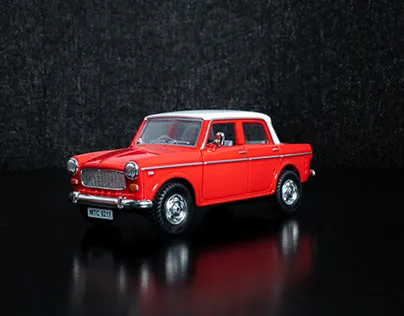
The manufacturing process of diecast originals is a fascinating blend of art and technology. The process begins with the creation of highly detailed molds. Molten metal, primarily zinc alloy, is then injected into these molds under high pressure. Once cooled, the metal solidifies, taking on the shape of the vehicle’s components. These components are then assembled, often with additional plastic parts and rubber tires. Paint, decals, and other detailing elements are added to complete the model, transforming a collection of parts into a miniature replica of a real-life vehicle. Different manufacturers have refined their processes over time, resulting in models that can be incredibly accurate and realistic.
Zinc Alloy
Zinc alloy is the primary material used in the production of most diecast originals. It’s chosen for its excellent casting properties, allowing for the creation of intricate details. This material also offers durability and weight, giving the models a substantial feel. Zinc alloy can also accept paint and finishes well, contributing to the model’s realistic appearance. While other materials may be used for specific parts, such as plastic for interior details or rubber for tires, the zinc alloy forms the core structure of the diecast original.
The History of Diecast Models
The history of diecast models is a rich tapestry woven with innovation, craftsmanship, and a deep love for automobiles. The earliest diecast models emerged in the early 20th century, initially crafted from lead and tin. Over time, advancements in materials and manufacturing techniques led to more detailed and durable models. The post-World War II era saw a surge in popularity, with manufacturers like Dinky Toys and Corgi becoming household names. These early models captured the imagination of children and adults alike, setting the stage for the collecting hobby we know today. The evolution of diecast models reflects not only the advancements in toy manufacturing but also the changing landscape of the automotive industry itself.
Early Pioneers and Manufacturers
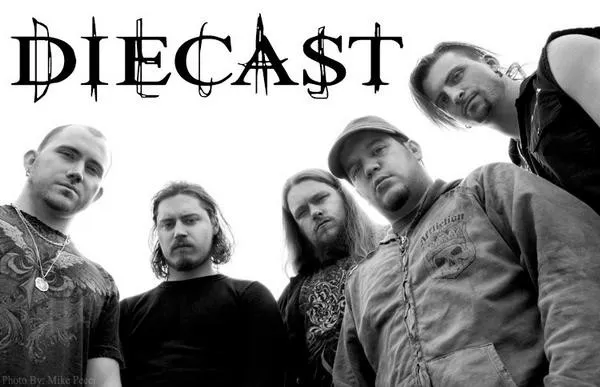
The early pioneers of diecast model manufacturing paved the way for the industry. Companies such as Dinky Toys in the UK and Tootsietoy in the United States were among the first to recognize the potential of diecast models. These manufacturers established the standards for quality and detail, creating models that were both toys and collectibles. Their early models were often simple representations of vehicles, but they were instrumental in popularizing the concept of miniature replicas. They also laid the groundwork for the development of more sophisticated models in the decades to come.
The Golden Age of Diecast
The mid-20th century is often referred to as the golden age of diecast models. This era saw a significant increase in detail, accuracy, and variety, with new manufacturers entering the market and established companies pushing the boundaries of what was possible. Models became more sophisticated, with opening doors, detailed interiors, and realistic paint schemes. Iconic brands such as Corgi and Matchbox gained immense popularity, producing models that are highly sought-after by collectors today. The golden age was a time of creativity, innovation, and a shared passion for capturing the essence of real-world vehicles in miniature form.
Scale and Detail in Diecast Originals
Scale and detail are critical elements in the appeal of diecast originals. The scale refers to the ratio between the model and the actual vehicle. Common scales include 1:18, 1:24, 1:43, and 1:64, each offering a different level of detail and suitability for display. Detail encompasses the accuracy of the model’s features, from the bodywork and interior to the engine and wheels. The level of detail can vary significantly depending on the manufacturer, scale, and price point. Advanced manufacturing techniques have allowed for increasingly intricate details, making modern diecast originals incredibly realistic and visually stunning. These features are what make them desirable for collectors.
Popular Scales and Their Uses
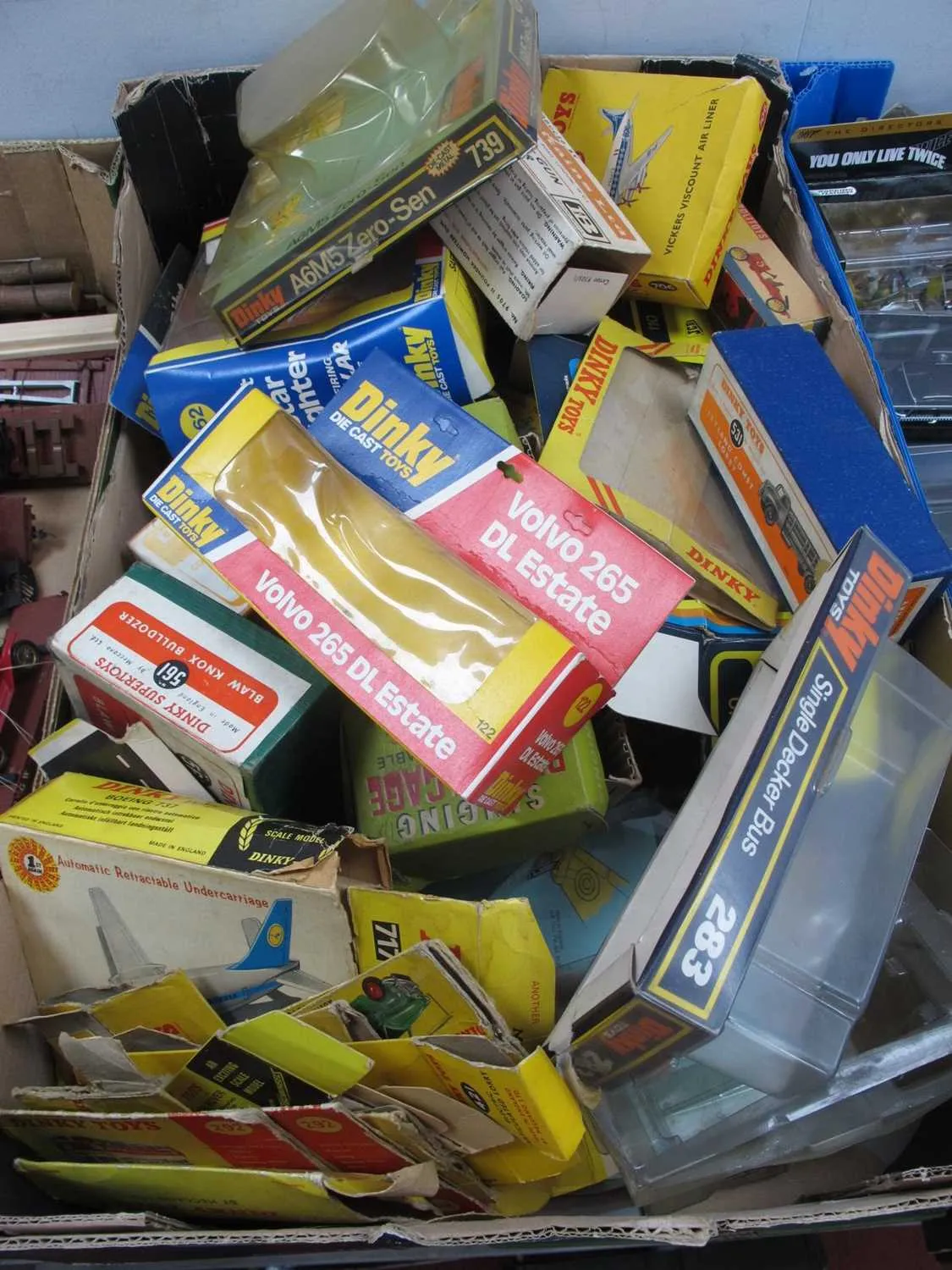
Different scales cater to various preferences and collecting habits. 1:18 scale models are known for their large size and impressive detail, often favored for display. 1:24 scale offers a balance of size and detail, making them popular among collectors. 1:43 scale is a common size, ideal for building extensive collections and displaying them in relatively compact spaces. 1:64 scale, also known as the “Matchbox” or “Hot Wheels” size, is perfect for budget-friendly collecting and play. The choice of scale depends on personal preference, available space, and the types of vehicles one enjoys collecting.
Key Features that Define Diecast Originals
Several key features define the quality and appeal of diecast originals. These include the accuracy of the body shape and proportions, the level of detail in the interior and engine, the quality of paint and finishing, and the inclusion of functional elements such as opening doors or steerable wheels. Authentic detailing such as manufacturer’s logos, accurate wheels and tires, and accurate interior designs add to the overall realism and desirability of the model. The best models strive to replicate every aspect of the original vehicle, creating a miniature masterpiece that captures the essence of the real thing.
Accuracy and Detailing
Accuracy and detailing are paramount in diecast originals. Collectors look for models that faithfully replicate the appearance of the original vehicles. This includes accurate body lines, correct proportions, and detailed interiors. The level of detail can vary, but high-quality models often feature intricate engine components, detailed dashboards, and realistic seats. The paint quality and finishing are also critical. A smooth, even paint job enhances the model’s appearance, while details like chrome trim and accurate decals add to its authenticity. The goal is to create a miniature version that is as close to the real vehicle as possible.
Rarity and Value
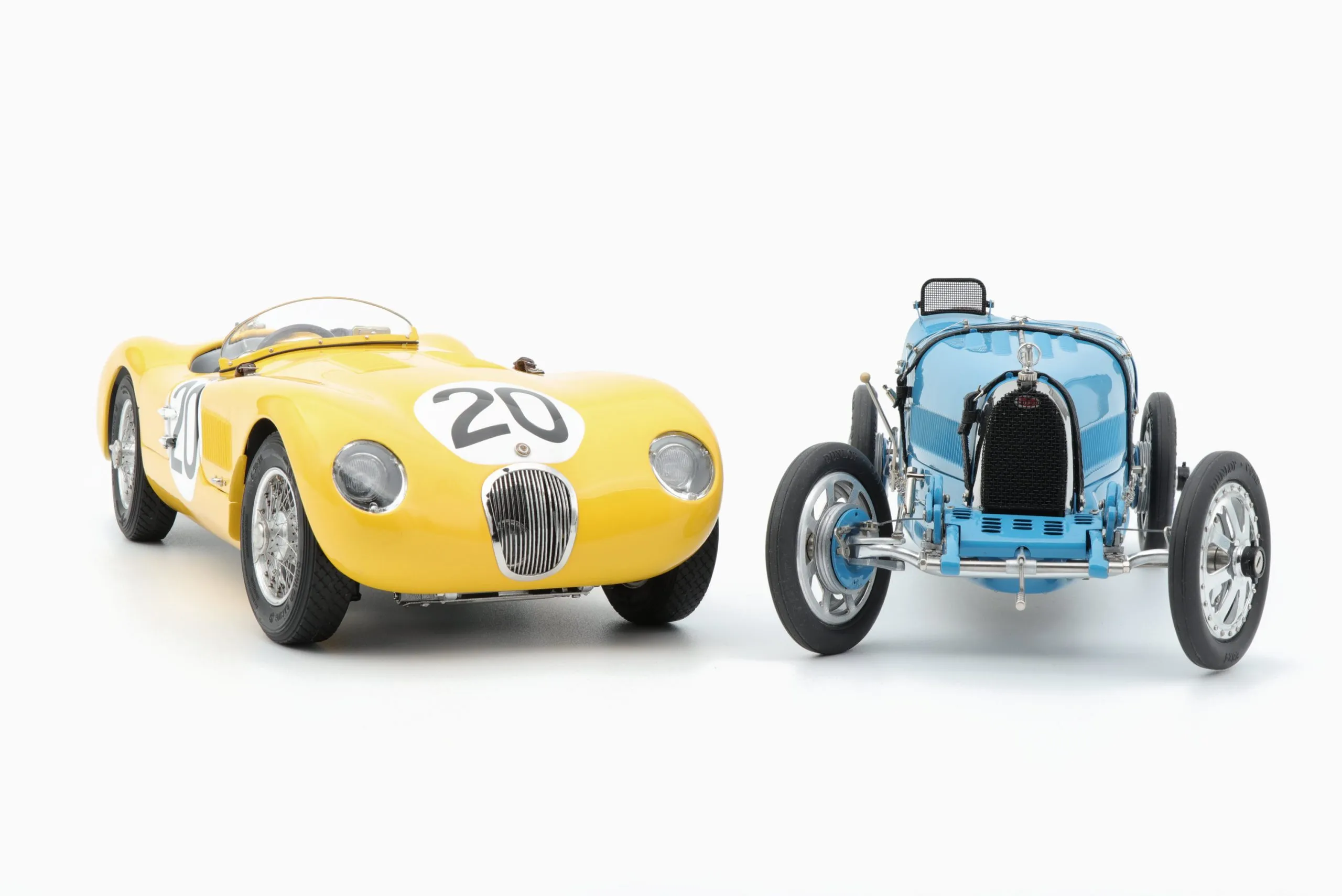
Rarity and value are significant factors in the world of diecast originals. Certain models are more valuable than others due to factors such as limited production runs, historical significance, or their association with a particular event or manufacturer. Rare models can command high prices, making collecting a potentially lucrative hobby. However, value is subjective and influenced by demand, condition, and the model’s overall appeal. The market for diecast originals is driven by passionate collectors who value authenticity, rarity, and the unique stories behind these miniature vehicles.
Factors Influencing Value
Several factors influence the value of a diecast original. Rarity is a primary driver. Limited-edition models, those produced in small quantities, or those no longer in production are often more valuable. Condition is also crucial. Models in pristine condition, with their original packaging, command higher prices. The historical significance of the model, its association with a famous vehicle or event, or its manufacturer can also boost its value. Demand from collectors, trends in the market, and the overall appeal of the model all play a role in determining its worth.
Identifying Rare Originals
Identifying rare diecast originals requires research and knowledge. Collectors often consult price guides, online databases, and auction results to assess a model’s value and rarity. Paying attention to details such as the model’s production year, the number of units produced, any special features or variations, and its original packaging can provide clues to its rarity. Connecting with other collectors and participating in collecting communities can also be invaluable. Sharing information and experiences with fellow enthusiasts can lead to valuable insights into the market and the identification of rare and valuable models.
Collecting Diecast Originals
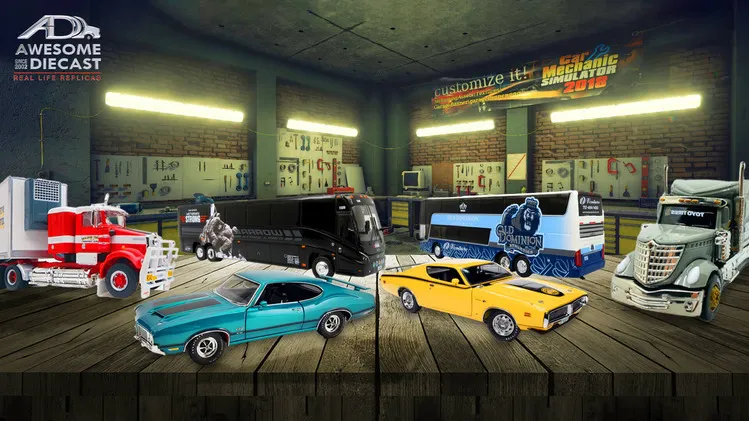
Collecting diecast originals is a rewarding hobby that can be enjoyed by enthusiasts of all ages. Whether your interest is sparked by childhood memories, a love for cars, or an appreciation for craftsmanship, the world of diecast models offers a fascinating and diverse range of options. The joy of collecting comes from the search, the acquisition of new models, and the satisfaction of building a personal collection. Collecting is also a social activity. Collectors often connect through clubs, online forums, and shows, sharing their passion and knowledge with others.
Where to Buy and Sell
There are various avenues for buying and selling diecast originals. Local hobby shops and specialized retailers are excellent sources for finding new and vintage models. Online marketplaces such as eBay offer a vast selection, allowing collectors to find rare or hard-to-find pieces. Auctions, both online and in-person, can be a great way to acquire valuable models, particularly those in high demand. Collector shows and swap meets provide opportunities to meet other enthusiasts, trade models, and expand your collection. When selling, consider the model’s condition, rarity, and current market value to set a fair price.
Caring for and Preserving Your Collection
Proper care and preservation are essential for maintaining the value and enjoyment of your diecast original collection. Store models in a dust-free environment, away from direct sunlight and extreme temperatures. Consider using display cases or protective sleeves to shield your models from damage. Regular cleaning with a soft cloth can help to remove dust and maintain their appearance. When handling models, avoid touching the surfaces directly to prevent fingerprints and scratches. By taking these precautions, you can ensure that your collection remains in excellent condition for years to come.
Showcasing Your Diecast Models
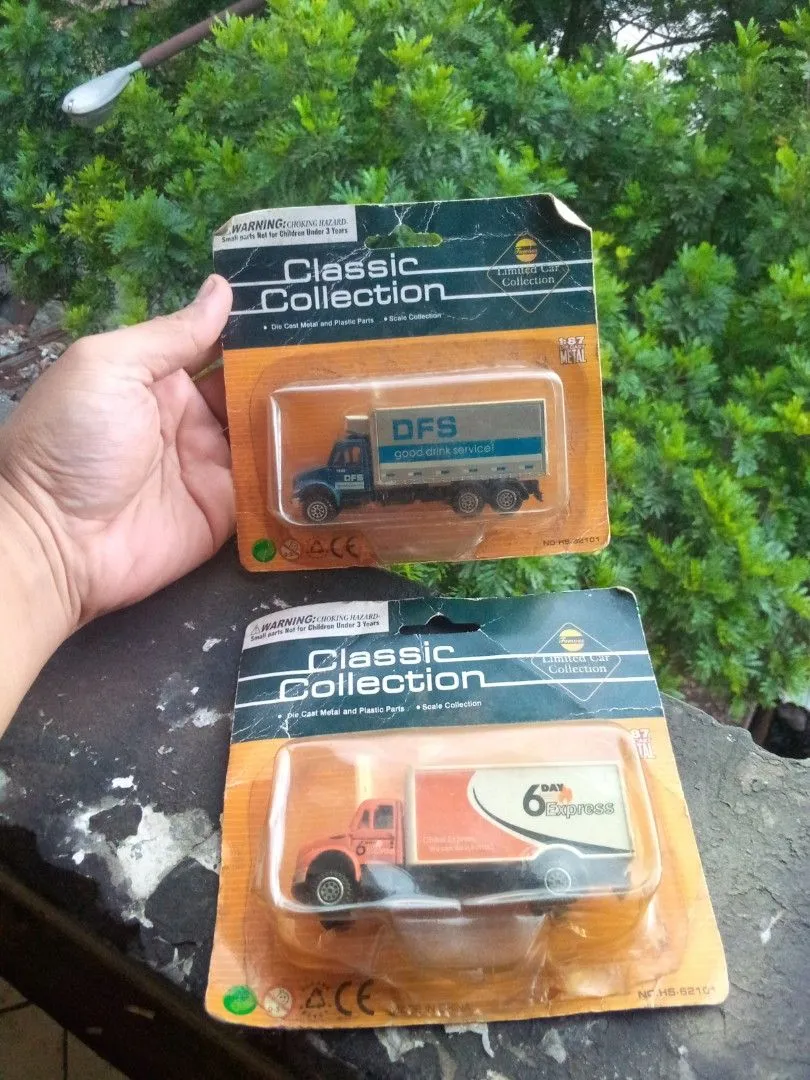
Displaying your diecast originals is a great way to showcase your collection and share your passion with others. There are many creative ways to display your models, from simple shelves and cabinets to elaborate dioramas and themed displays. The key is to choose a method that complements your collection and highlights the beauty of the models. Consider the scale, the theme, and the overall aesthetic you want to achieve. Proper lighting can further enhance the display, bringing out the details and adding visual interest. The way you display your collection is a reflection of your personality and passion for diecast originals.
Display Ideas and Techniques
There are endless display ideas. Shelves and cabinets are classic choices, offering a clean and organized way to showcase your models. Glass-fronted cabinets protect your models from dust while still allowing them to be viewed. Dioramas and themed displays add a creative touch, allowing you to create miniature scenes that bring your models to life. For example, you could create a vintage gas station or a racing pit. Using risers and tiered shelves can add depth and visual interest, and strategically placed lighting can highlight the details of your models. The possibilities are limited only by your imagination.
Community and Clubs
Joining a community of like-minded enthusiasts is a fantastic way to enhance your collecting experience. Diecast model clubs and online forums provide opportunities to connect with other collectors, share knowledge, and learn more about the hobby. These communities often organize events such as shows, swap meets, and online discussions. Participating in these events can be incredibly rewarding, giving you a chance to see other collections, trade models, and expand your knowledge. The shared passion for diecast originals creates a sense of community and belonging, making collecting an even more enjoyable experience.
In conclusion, diecast originals offer a captivating journey into the world of miniature vehicles. From the meticulous craftsmanship and historical significance to the thrill of the hunt and the camaraderie of fellow collectors, these models provide a rewarding and enduring hobby. Whether you are a seasoned collector or just starting out, the world of diecast originals has something to offer everyone. Embrace the passion, explore the history, and build your own collection of these remarkable miniature marvels. The world of diecast originals is waiting to be discovered.
